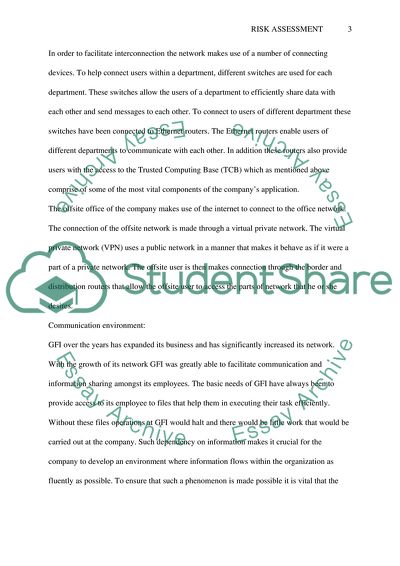Cite this document
(Risk Assessment in Global Finance Inc Case Study Example | Topics and Well Written Essays - 3000 words, n.d.)
Risk Assessment in Global Finance Inc Case Study Example | Topics and Well Written Essays - 3000 words. https://studentshare.org/information-technology/1805540-risk-assessment
Risk Assessment in Global Finance Inc Case Study Example | Topics and Well Written Essays - 3000 words. https://studentshare.org/information-technology/1805540-risk-assessment
(Risk Assessment in Global Finance Inc Case Study Example | Topics and Well Written Essays - 3000 Words)
Risk Assessment in Global Finance Inc Case Study Example | Topics and Well Written Essays - 3000 Words. https://studentshare.org/information-technology/1805540-risk-assessment.
Risk Assessment in Global Finance Inc Case Study Example | Topics and Well Written Essays - 3000 Words. https://studentshare.org/information-technology/1805540-risk-assessment.
“Risk Assessment in Global Finance Inc Case Study Example | Topics and Well Written Essays - 3000 Words”. https://studentshare.org/information-technology/1805540-risk-assessment.


